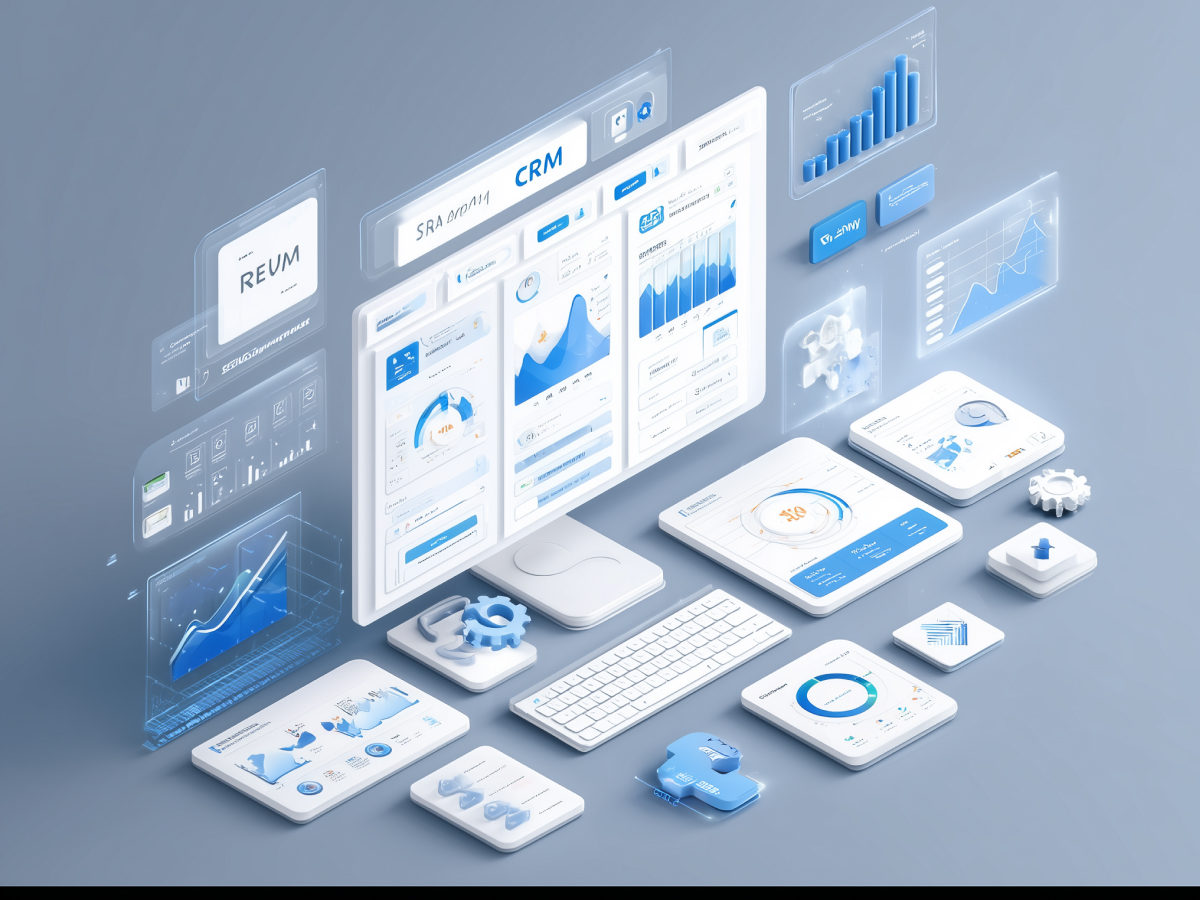SOCs face increasing threats and limited budgets, requiring more efficient operations
Let’s call it what it is: security operations centers (SOCs) are under pressure from both directions. Threats are becoming faster, more targeted, and more intelligent. Meanwhile, most companies aren’t increasing security budgets at the same rate. That disconnect is where problems begin.
Your teams are expected to stop more attacks, with fewer resources. At the same time, a high percentage of alerts, often upwards of 50%, and in some cases as high as 99%—turn out to be false positives. These serve no value. They waste time, energy, and focus. You end up paying highly skilled analysts to chase harmless activity. Not sustainable.
You need results with what you already have. That means making SOCs faster, more efficient, and smarter without throwing more money or headcount at the problem. You’ve got to cut through the noise and shift resources to the areas that actually matter.
Doing this right means rethinking workflows. Technology is part of the answer. Functional systems designed to reduce drag, ones that let humans handle the few hundred things they do best and leave the rest to intelligent automation.
Agentic AI SOC analysts act as force multipliers for security operations
You don’t need more people; you need better leverage on the people you already have. That’s where Agentic AI steps in.
An Agentic AI SOC Analyst operates like an extension of your team. It automates repetitive tasks, reduces the clutter of false alerts, and puts focus back on high-impact threats. It doesn’t replace humans. It gives them the flexibility to work on what actually drives value, strategic detection work, incident response, and threat hunting.
Every minute your analysts aren’t stuck chasing junk alerts is a minute they can spend preventing a meaningful breach. That’s the real benefit, letting smart people do smart work. And if your SOC is being measured on risk reduction, speed to respond, and overall efficiency (as it should be), this is how you win.
Executives looking at this from a topline view should ask one question: are we using our security teams strategically? Agentic AI brings your security operations closer to business outcomes, resilience, continuity, and growth. Nothing abstract, just more results, with the team you’ve already built.
Agentic AI addresses the cybersecurity talent shortage
Right now, the shortage of experienced cybersecurity professionals is a structural weakness. You’re short on people who know how to use them well, under pressure, at scale.
In 2024, a global survey by ISC2 showed that 60% of organizations are struggling to secure their environments due to staff limitations. Another report from the World Economic Forum pointed out that only 15% of companies feel confident they have the right talent with the right skills to handle incidents.
Agentic AI does not replace your human experts. It increases their capacity. It processes more alerts, faster, while filtering out the 80–90% you never needed to see in the first place. That means your team isn’t forced to choose between working on threats that matter or falling behind on the pile of alerts. They get time back, and that time translates into better outcomes and more focused teams.
This also reduces churn. Security teams burn out when overloaded with meaningless work. With Agentic AI handling Tier 1 tasks, triage, sorting, initial investigation, your seasoned analysts stay engaged. And junior ones climb the learning curve faster, with better context and less stress. The result is a team that scales impact without increasing headcount. That’s what matters most when hiring isn’t a shortcut anymore.
AI reduces noise by filtering low-value alerts and highlighting genuine threats
Most SOCs are overwhelmed, not by threats, but by distraction. You’ve got urgent alerts buried beneath a mountain of low-priority noise. Fixing this means not seeing the threats that never mattered.
Agentic AI applies behavior-based analysis and situational context to filter alerts. It suppresses low-value activity so analysts aren’t forced to decide between false positives and real attacks. That’s where gains happen. You move from reaction to precision.
False positives are more than a nuisance; they increase risk. They slow teams down and crowd out critical threats. Deploying Agentic AI cuts through that. Some organizations are seeing up to 90% fewer false positives reaching analysts. That’s a substantial drop in noise, and a significant gain in capacity.
For leadership, fewer distractions mean higher performance. Your teams aren’t overloaded, and your SOC gets back to working the way it was intended, focused, responsive, and aligned to business-critical risk. That’s operational clarity at scale.
AI-driven automation boosts investigation speed and analyst productivity
Here’s what slows down most investigations: manual steps, log collection, evidence linking, summary writing. Analysts go through the same motions again and again, just to confirm a threat isn’t there. It’s repetitive, time-consuming, and highly inefficient.
Agentic AI automates these steps. It mirrors the way experienced analysts investigate, pulling relevant logs, connecting data points, and generating summaries in real time. That means your team doesn’t spend half the day compiling information. They spend it acting on real threats.
This approach increases throughput without sacrificing quality. Investigations that once took hours, sometimes longer, shrink to minutes. Teams can close more cases, faster, without cutting corners. That’s not just time saved, it’s exposure reduced. The faster you decide, the faster you contain, and the more secure your environment becomes.
From a leadership perspective, this is measurable impact. More resolved cases per analyst. Lower mean time to respond. Redefined team value without raising salaries or expanding headcount. It’s the kind of multiplier effect boards actually care about, outcome-focused, bottom-line driven.
Agentic AI continuously improves its performance through learning and adaptation
Security threats don’t stand still, so neither should your tools. Traditional automation systems follow fixed playbooks. They work once, maybe twice, until attackers adjust. Then they’re outdated. Agentic AI operates differently.
It learns in real time. As your analysts provide feedback, approving findings, refining results, escalating or de-escalating alerts, the system absorbs that knowledge. It adapts based on historical threat data, analyst behavior, and new intelligence inputs. Detection improves. Accuracy tightens. Irrelevant alerts drop off.
And this improvement sticks. Every action contributes to a growing body of logic that makes future decisions smarter. This transforms the AI from a static automation layer into a core intelligence layer within your SOC.
For executives, this creates long-term operational leverage. You’re not paying for a tool frozen in time, you’re developing an asset that matures, improves, and adds increasing value with continued use. That’s rare in cybersecurity technology, and it’s what makes Agentic AI stand apart.
Agentic AI enhances performance across core SOC metrics
For any SOC, performance is about outcomes you can track. Agentic AI directly drives improvements across the metrics that matter most to security leadership.
Mean time to investigate (MTTI) and mean time to respond (MTTR) both drop significantly. With automated case-building and triage, investigation times fall from hours to minutes. That compresses the window of vulnerability and limits business impact. Dwell time, the amount of time a threat exists before detection and response, also shrinks. That’s critical for stopping lateral movement and data exfiltration early.
Then there’s alert resolution. Higher closure rates signal strong security posture and control. When you cut down false positives and give analysts clean, actionable cases, more threats get resolved, and fewer critical alerts go ignored.
Productivity is another outcome that gets a real lift. Analysts handle more cases, focus more on actual risks, and spend less time on routine tasks. So instead of scaling response through hiring alone, you elevate performance through operational efficiency.
From a boardroom standpoint, these are quantitative results. Faster response times. More accurate investigations. Greater team value per headcount. This is the kind of reporting C-suite leaders and stakeholders can connect to operating efficiency and risk mitigation.
Organizations achieve improved ROI from existing security tools
Most enterprises have already invested heavily in security platforms, SIEM, EDR, cloud monitoring, identity tools. The problem isn’t always visibility. It’s action. A lot of alerts go uninvestigated because teams don’t have the time or resources to follow up.
Agentic AI changes that. It links into your current tools, ingests available signals, and ensures nothing falls through the cracks. That turns underused data into actionable insight. The value of your tech stack improves instantly, not by adding more tools, but by using what you have more effectively.
There’s also a major benefit in workforce development. Junior analysts tend to get stuck on repetitive triage work, without enough exposure to meaningful investigations. Agentic AI produces clear, structured case files and investigation flows. This creates real-time coaching opportunities for less experienced staff.
Over time, they see how effective investigations are built, reviewed, and resolved. They gain context quickly. This tightens the learning curve without needing expensive, senior talent in every seat.
For C-level executives, this offers dual return, stronger technology utilization and faster internal talent scaling. It reduces dependency on long hiring cycles and delivers a more capable team using the systems you already own. That’s efficiency and growth without added complexity.
Final thoughts
Security leaders aren’t just facing technical problems, they’re managing business risk. Threats move fast, budgets stay flat, and skilled talent is hard to find. That gap isn’t shrinking anytime soon. So the question isn’t whether to adapt, it’s how fast.
Agentic AI doesn’t offer complexity for the sake of capability. It brings clarity, speed, and focus to overloaded SOCs. It drives measurable improvements across key metrics, investigation time, resolution rates, analyst output, without requiring more people or more tools. You get more from what you already have, with less noise and more control.
For decision-makers, this isn’t about following a trend. It’s about leveraging AI where it has immediate operational value. Agentic AI helps align security execution with business performance, resilient, efficient, and scalable. That’s the outcome that matters.





